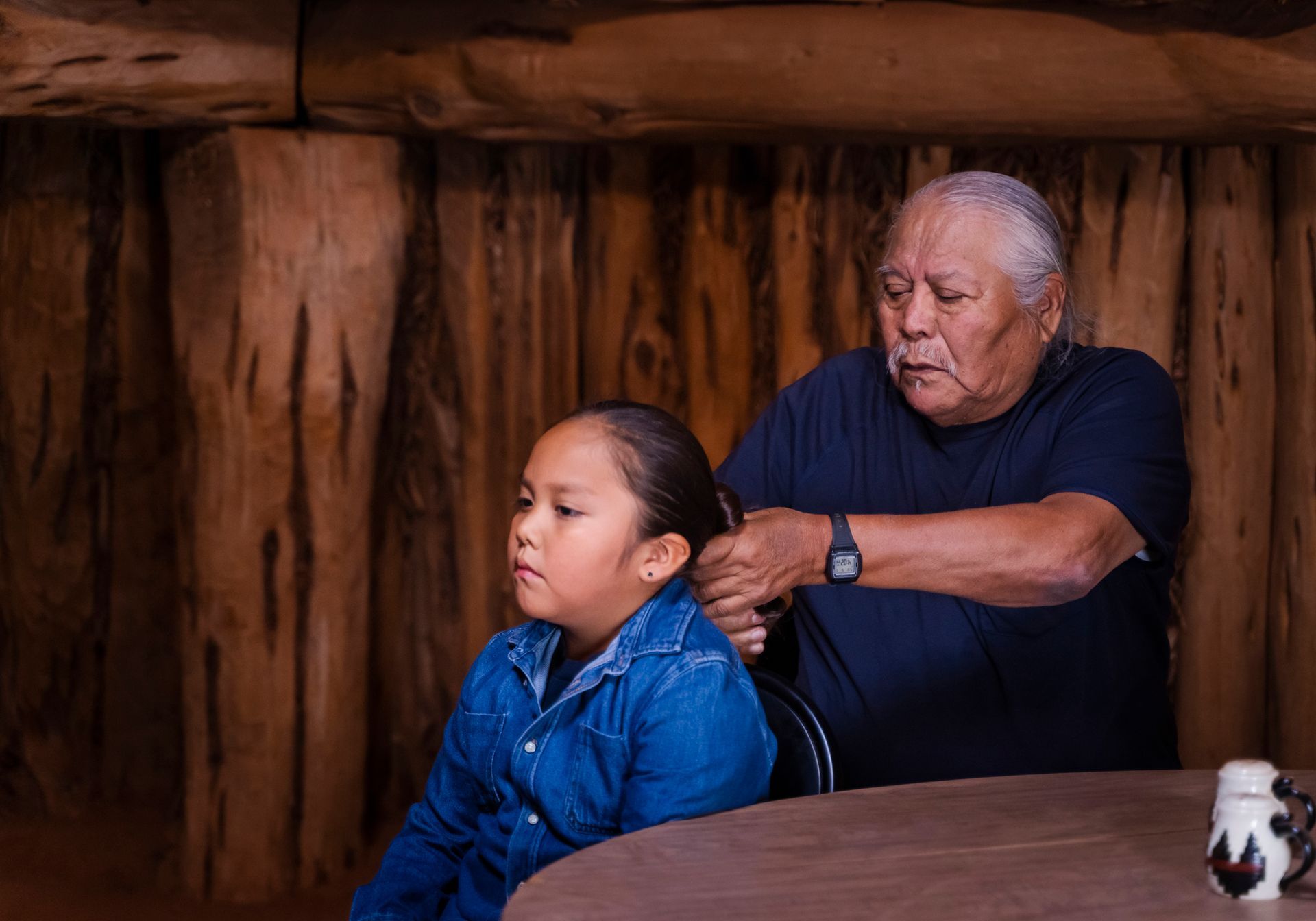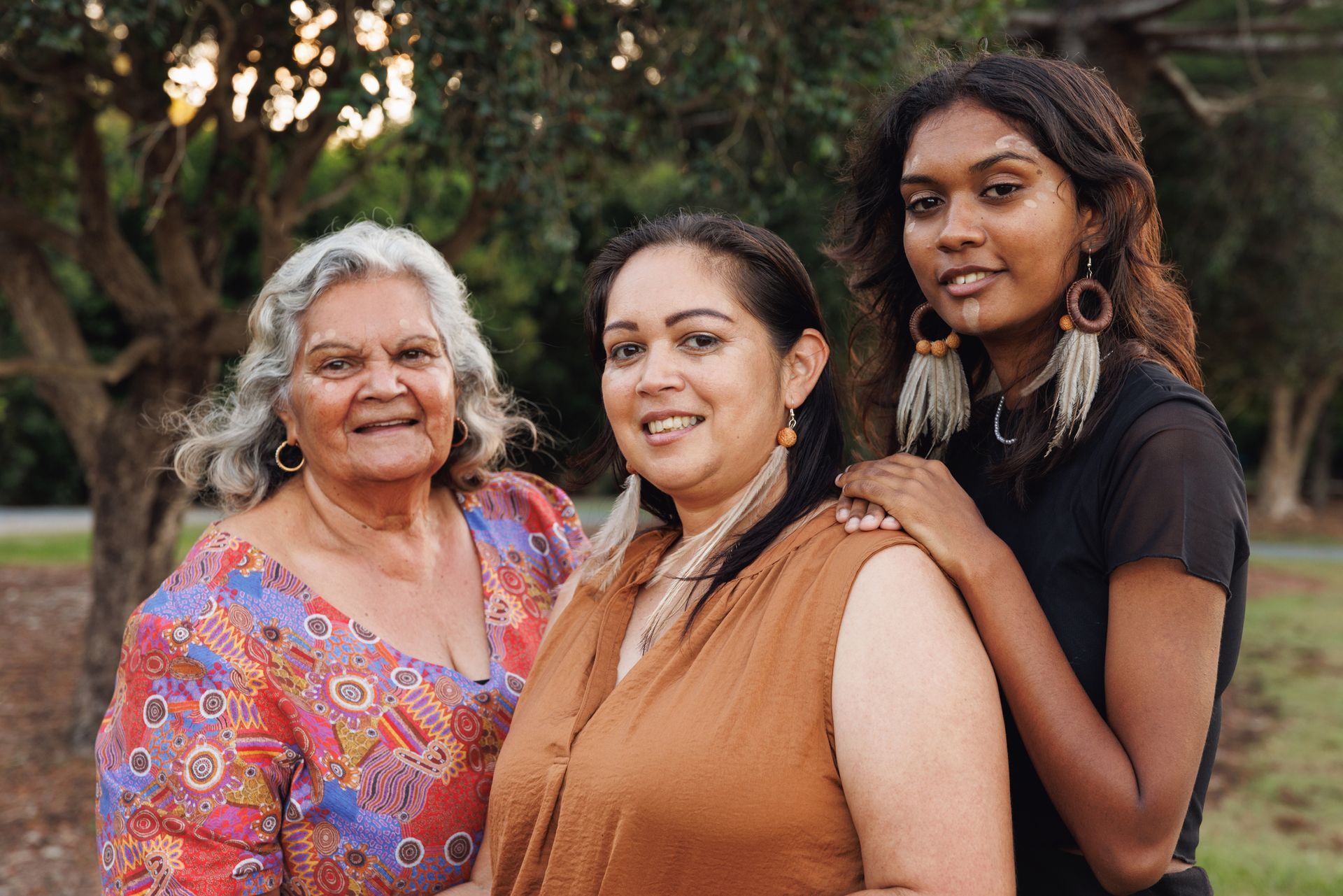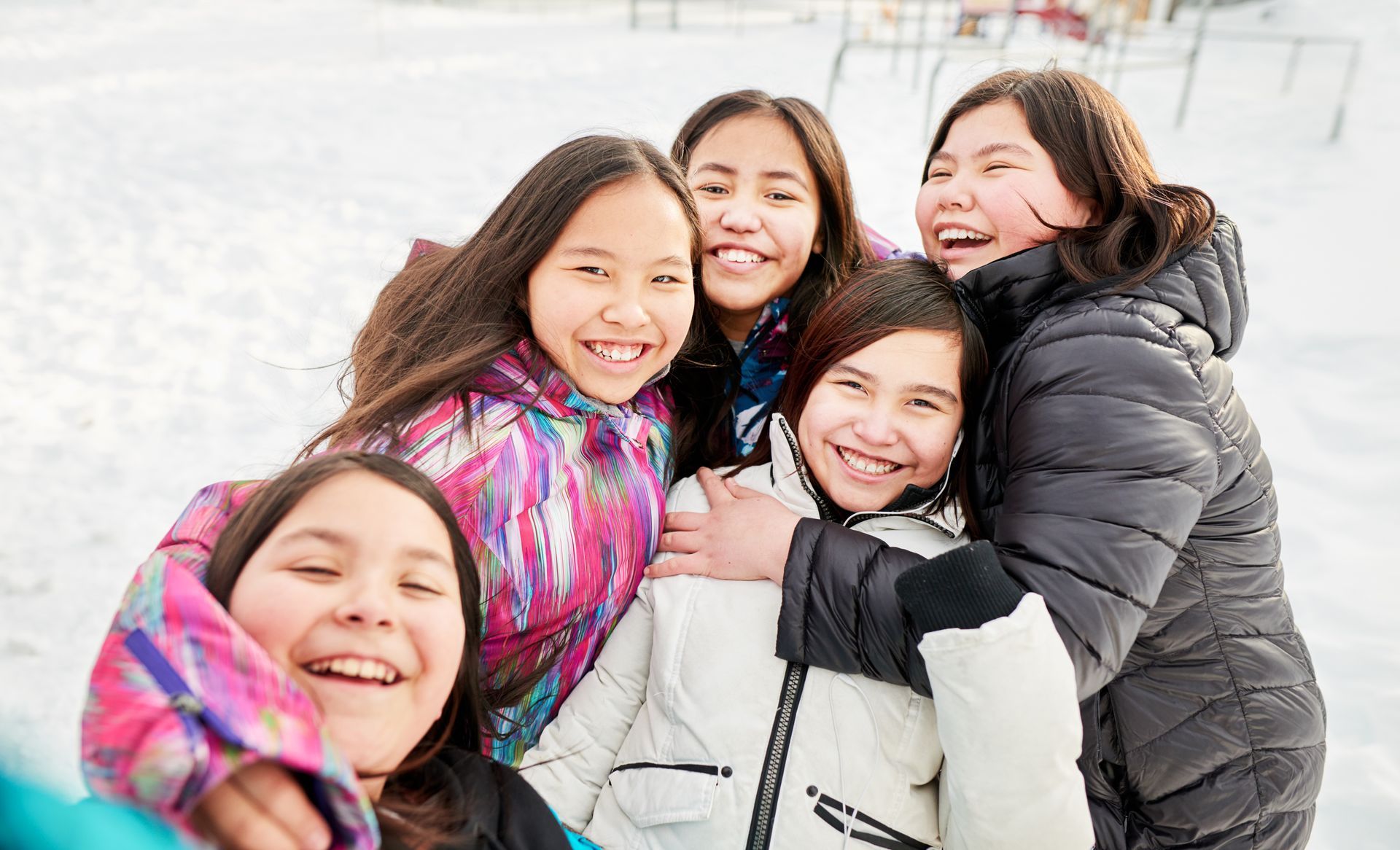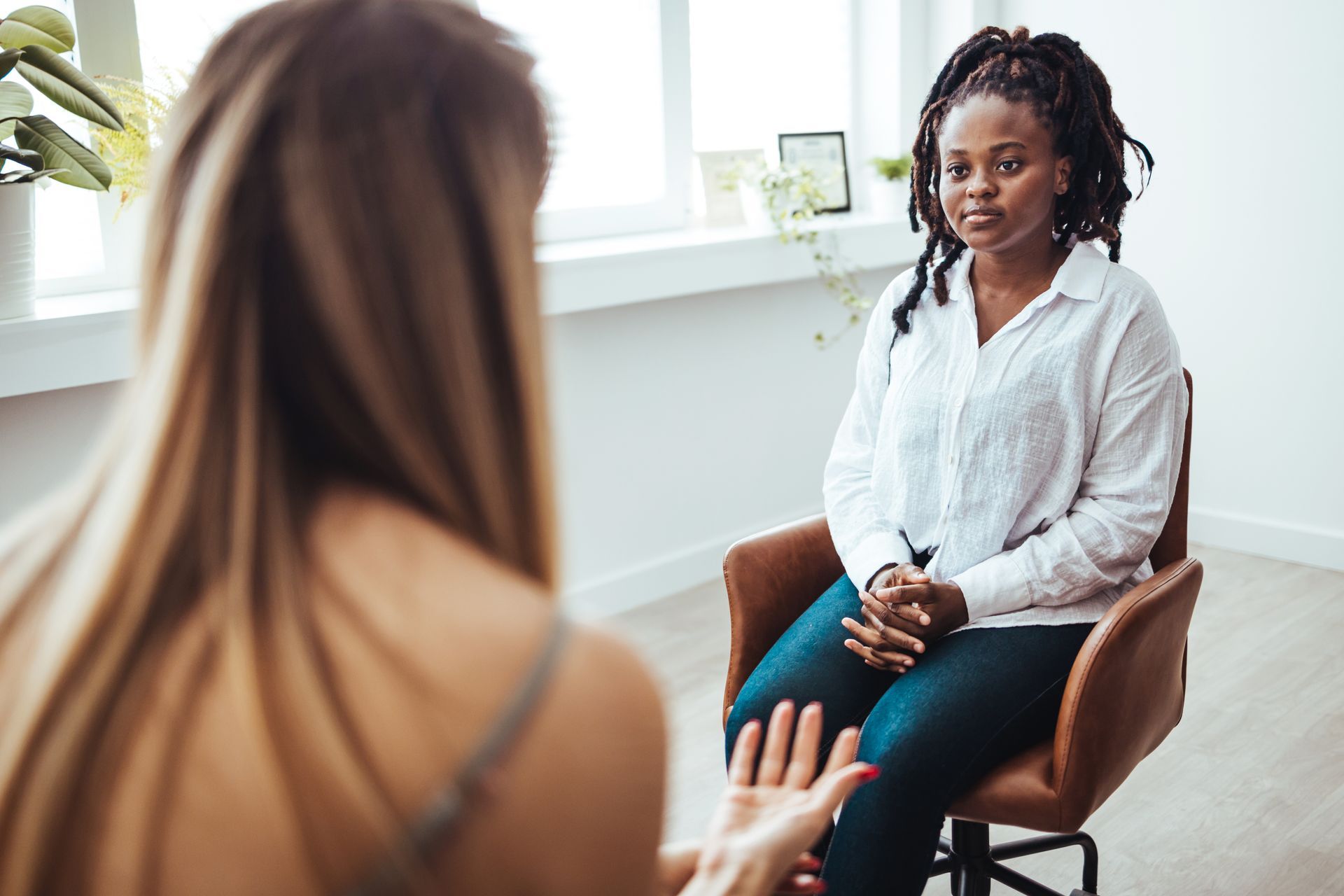Understanding Intergenerational Trauma in Indigenous Communities
“We carry the stories of our ancestors- not only in our minds, but our bodies, our relationships, and our ways of being”
The past never truly disappears. For Indigenous peoples across Canada, history is not just a chapter in a textbook- it is a lived experience, passed down through generations. Intergenerational trauma is the emotional and psychological wounding that stems from massive group trauma experiences, and it continues to deeply impact Indigenous communities today.

What is Intergenerational Trauma?
Intergenerational trauma occurs when the effects of trauma experienced by one generation are passed down to the next. This can happen through storytelling, behaviours, parenting practices, and even biological changes. It is not just about remembering painful histories, its about living with their lingering consequences.
For Indigenous communities, these traumas include colonization, forced assimilation, residential and boarding schools, loss of land, suppression of language and culture, and systemic racism. These events weren’t isolated, they were policies designed to erase Indigenous identity.
Cultural Resilience and Healing
Despite the weight of this inherited pain, Indigenous communities are not defined by their trauma. They are defined by their resilience.
Reviving traditional languages, ceremonies, and cultural practices is a powerful form of healing. Community programs centered around land-based learning, storytelling, and cultural education are reconnecting people to their roots and breaking cycles of trauma.
Elders play a crucial role in this healing. By sharing knowledge and holding space for younger generations to learn, grieve, and reclaim their identities, they become bridges to a healthier future.

Moving Forward Together
Intergenerational trauma cannot be healed overnight. To understand intergenerational trauma is to recognize that trauma does not end with the event, it continues until it is acknowledged, named, and healed.
For Indigenous peoples, healing is not just personal- it is cultural, communal, and political.
When we talk about trauma, we must also talk about love.
The love that ancestors held onto despite everything.
The love that keeps traditions alive.
The love that guides the path towards healing.
Because healing is possible. It is a testament to the endurance of Indigenous culture and the fierce determination to reclaim what was taken. While the past may shape the present, it does not have to define the future.




